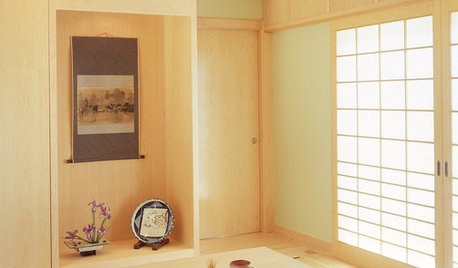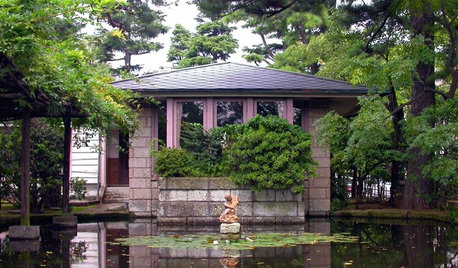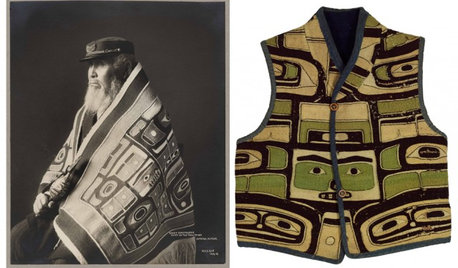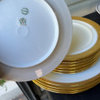Marked 'MM Made in Japan'?
theglassylassy
13 years ago
Related Stories

DECORATING GUIDESTravel Takeaways: Design Inspiration From Japan
A designer recalls how she went to another country to teach, but the country ended up teaching her
Full Story
ARCHITECTUREStates of Style: Alabama’s Icons Leave Their Mark
In the first of a new series, discover the natural beauty, the architectural icons and some of our favorite homes deep in the heart of Dixie
Full Story
MORE ROOMSCherry Blossoms Spring to 100
This years marks the centennial of the beautiful trees' arrival on our shores. Below, a few ways to celebrate with your landscape and décor
Full Story
EVENTS6 Top Design Events: Oct. 14-Nov. 4, 2011
Mark your creative calendars! See what's on the Houzz list of things to see and do
Full Story0

HOMES AROUND THE WORLDHow Frank Lloyd Wright Influenced Japanese Architecture
During his time in Japan, the pioneering U.S. architect inspired other designers there, who integrated his philosophy into their work
Full Story
EVENTS6 Top Design Events: Oct. 21-Nov. 12, 2011
Mark your creative calendars! See what's on the Houzz list of things to see and do
Full Story0

FUN HOUZZWorld of Design: 10 Unconventional Homes Packed With Personality
Life inside a former church, missile silo or greenhouse? Be it in Japan, Denmark or somewhere in between, not every home begins as a house
Full Story
BATHROOM DESIGNWood in the Bathroom? Absolutely!
Wet places and wood can be a match made in design heaven — see great examples and get tips for sealing and installing bathroom wood here
Full Story
DECORATING GUIDESWorld of Design: Decorating Ideas From 10 Renters Around the Globe
Even if you don’t own your home, you can live beautifully. Browse these ideas from international tenants who’ve made their spaces special
Full Story
LIFEHouse Rule: Off With Your Shoes
Do you prefer your guests to go shoeless in your house? Here are some ways to encourage stockinged feet
Full Story









lindac
calliope
Related Professionals
Palmetto Bay Furniture & Accessories · Linton Hall Interior Designers & Decorators · Delray Beach Painters · Genesee Painters · Greeneville Painters · Moss Point Painters · Murray Painters · Spanaway Painters · Spartanburg Painters · Spring Valley Painters · Whittier Painters · Augusta Furniture & Accessories · Rome Furniture & Accessories · Hoffman Estates Furniture & Accessories · Carson Furniture & AccessoriestheglassylassyOriginal Author
calliope